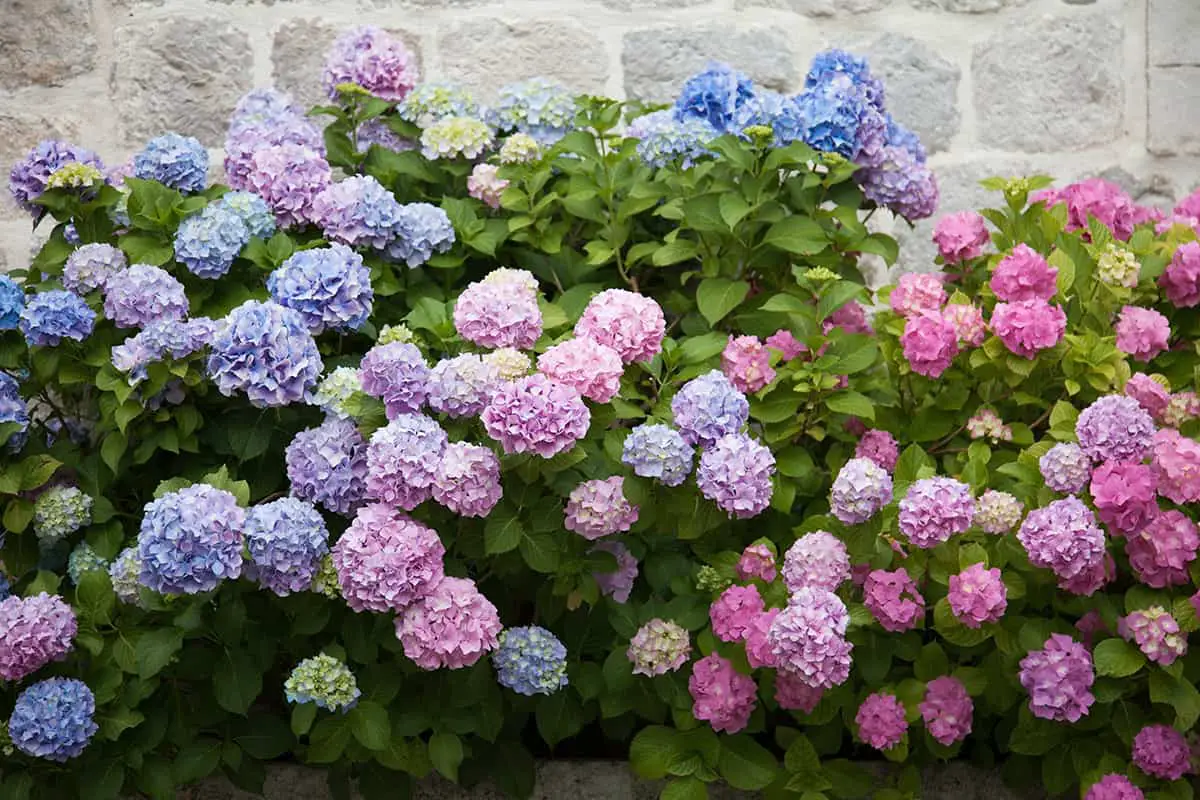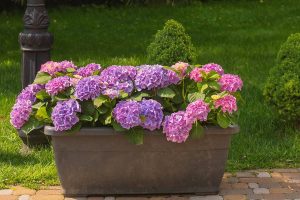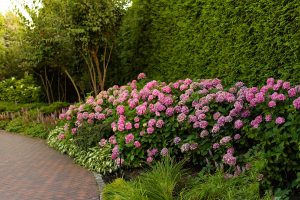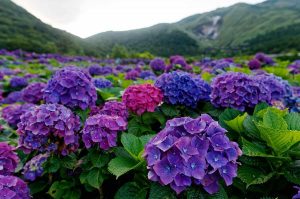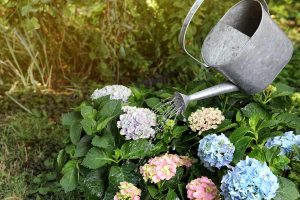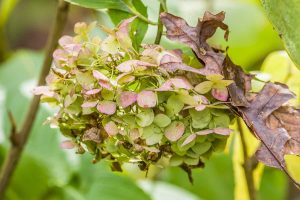Hydrangeas are deciduous shrubs that produce large and showy panicles or clusters of flowers at different times of the season. They are perennial plants, which means they can live for a number of years. The fact that they are perennials is one of the reasons why it can take a considerable amount of time for the hydrangea to bloom.
While many people expect their hydrangea to produce flowers in the first or second year that it was planted, it can actually take as long as five years for these plants to become established enough to start blooming.
The length of time it will take for a hydrangea to start blooming will be dependent on a number of things, including the type of hydrangea you have, the climate it is grown in, and how you have been caring for the plant. Here we explain why your hydrangea may not be blooming yet, and what you can do to help it.
Table of Contents
When Will Hydrangea Bloom?
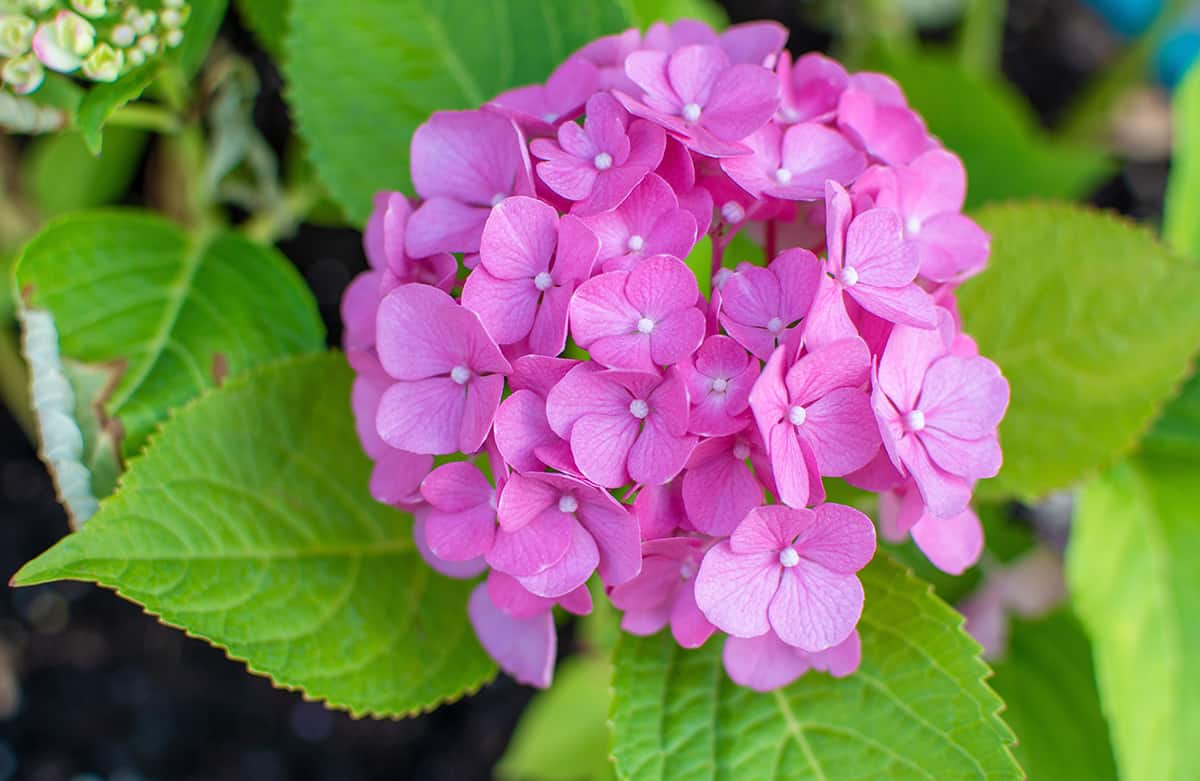
If you have planted a hydrangea plant and are disappointed to find that it hasn’t flowered in its first or even its second summer, then you aren’t alone. Hydrangeas can be tricky flowering plants, which fail to bloom for all sorts of reasons. If your hydrangea is only a few years old and it hasn’t yet bloomed, then don’t give up hope.
While many types of hydrangea will not start blooming until they are three years old, it is not unusual for hydrangeas to refuse to bloom until they are five years old. This is because they rely on a strong, well-established root system in order to bloom, so you need to allow the plant enough time to do this.
There is a phrase used by some gardeners, known as ‘sleep, creep, leap’. Each word in this phrase refers to a year in the hydrangea’s life. In year one, it sleeps. In year two, it creeps, as it gains more strength, and in year three it leaps, as the roots are now well established.
If your hydrangea is more than five years old and it still hasn’t bloomed, then you should look into other reasons that prevent hydrangeas from blooming.
Why Won’t My Hydrangea Bloom?
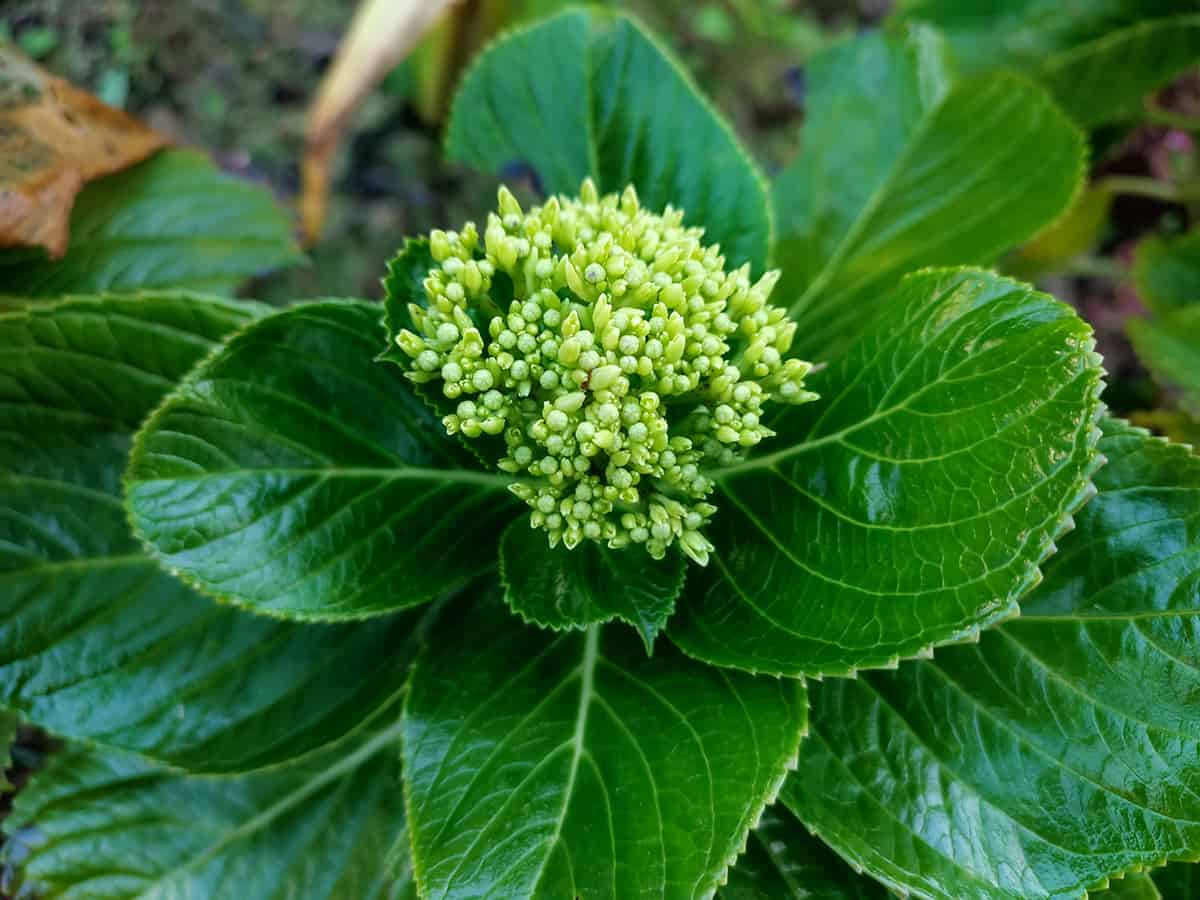
There is a range of things that affect a hydrangea’s ability to bloom. Here we look at some of the most common causes of a non-blooming hydrangea.
Climate
Different types of hydrangea can withstand different climate conditions, and it’s important to understand this and only plant hydrangea in a climate where it will thrive. If the winter gets too cold for your hydrangea, this can damage the plants ability to flower the following spring.
Pruning
Some hydrangeas flower on new growth, while some flower on old growth. If you trimmed your hydrangea last year, then it won’t be able to flower this year, since you will have removed the stems and branches where the flowers would have formed. Avoid pruning any hydrangea that blooms on old growth.
Deer
Deer feasting on hydrangea branches is a big problem for these flowering plants. It is a difficult issue to control, but you can discourage deer from feeding on your plants by using a deer repellant spray.
Fertilizer
Fertilizer can be useful to increase the brilliance of a hydrangeas blooms, however it cannot force buds to form on a hydrangea that isn’t flowering. Understanding when to feed your plant and the best type of fertilizer to use will help you to use it to your advantage. Fertilizing hydrangeas is recommended in early spring and late spring. Avoid using fertilizer after July.
Stress
Stress from too much water or a lack of water can cause a hydrangea not to bloom. A lack of moisture is the most common culprit in this case and can be avoided by watering the plant deeply several times a week throughout spring and summer.
Age
If your hydrangea is less than five years old then it may simply not be mature enough to flower yet. Have patience, you will get there.
Popular Types of Hydrangeas and Blooming Times
Oak Leaf Hydrangea
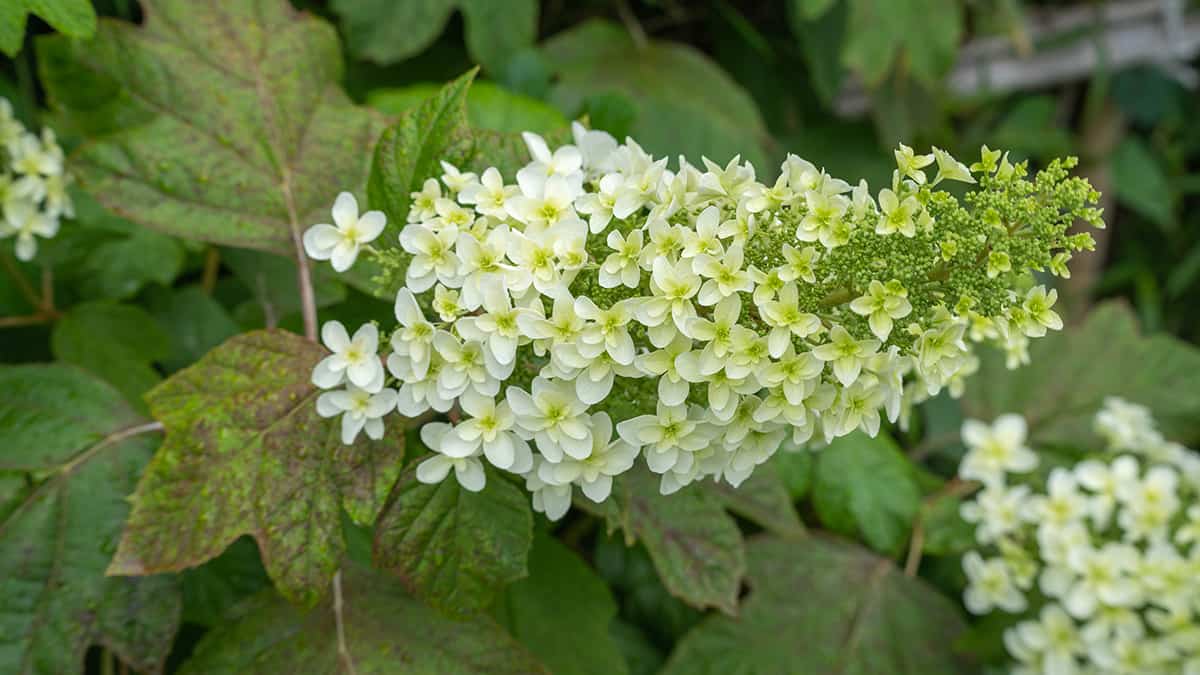
Oakleaf hydrangeas are botanically known as Hydrangea quercifolia, and they are native to the southeastern United States. They are named after the shape of their leaves, which resemble the foliage of the oak tree. The flowers on the Oakleaf hydrangea arrive in long, extended clusters, measuring up to 12 inches in length.
The flowers are white, and in southerly climates, they will bloom from late spring through to fall, while in cooler climates they will bloom from midsummer through to fall.
Panicle Hydrangea
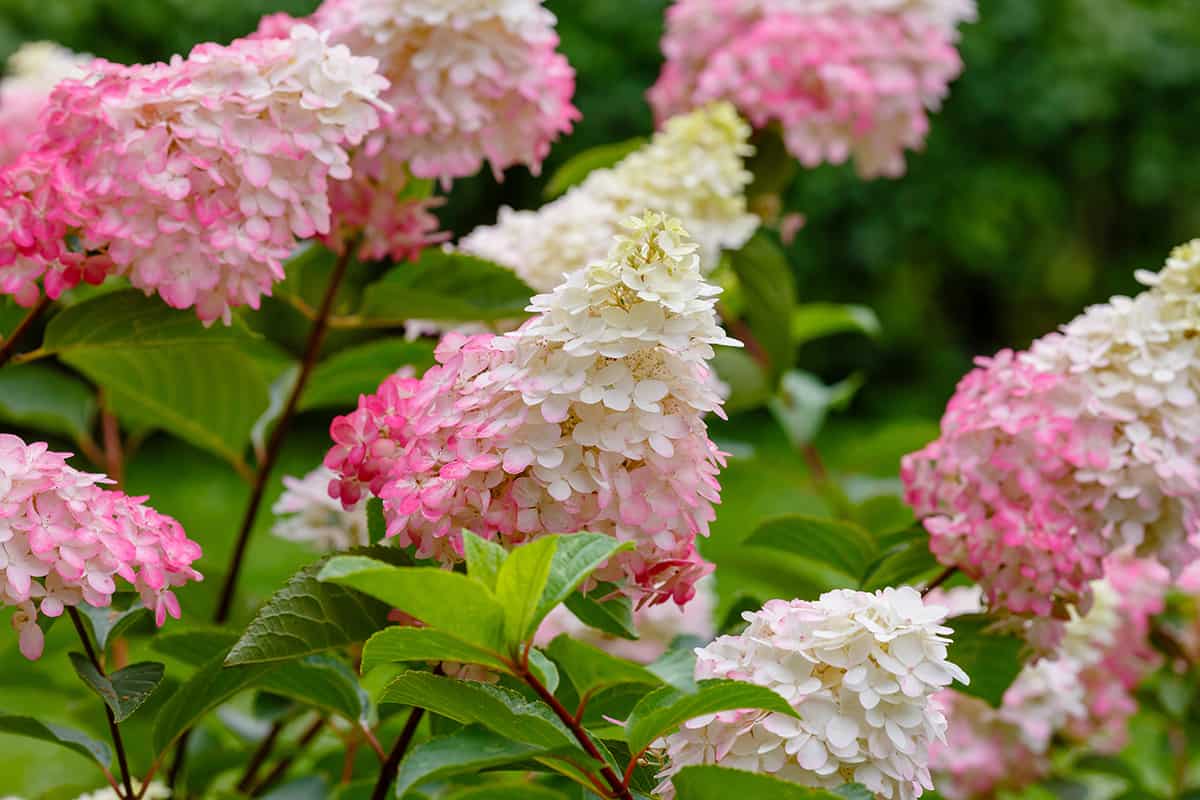
Panicle hydrangea plants are botanically known as Hydrangea paniculata, and they are native to Asia. The flowers of these plants bloom on cone-shaped panicles from late spring and into early summer, however as the blooms fade they will not drop from the plant.
Instead, they dry out and remain on the shrub to create additional interest through fall, until they are removed by the dropping temperatures of winter. Panicle hydrangeas have flowers that are produced on new growth. This makes them more reliable since a cold winter won’t affect the ability of the plant to produce blooms.
Smooth Hydrangea
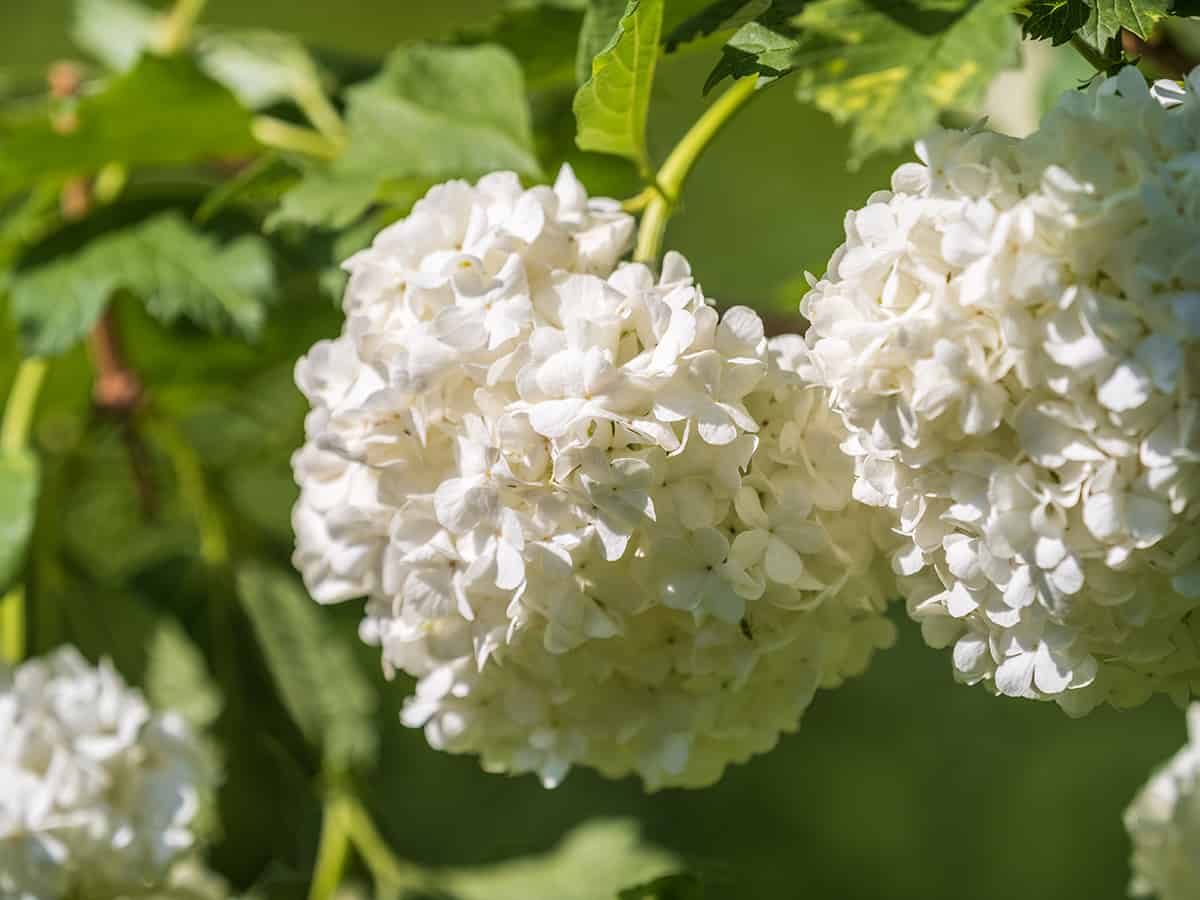
This North American native is botanically known as Hydrangea arborescens. It produces large clusters of creamy flowers from early summer through to fall, during which time the flowers develop to a lime green, and eventually tan color.
Bigleaf Hydrangea
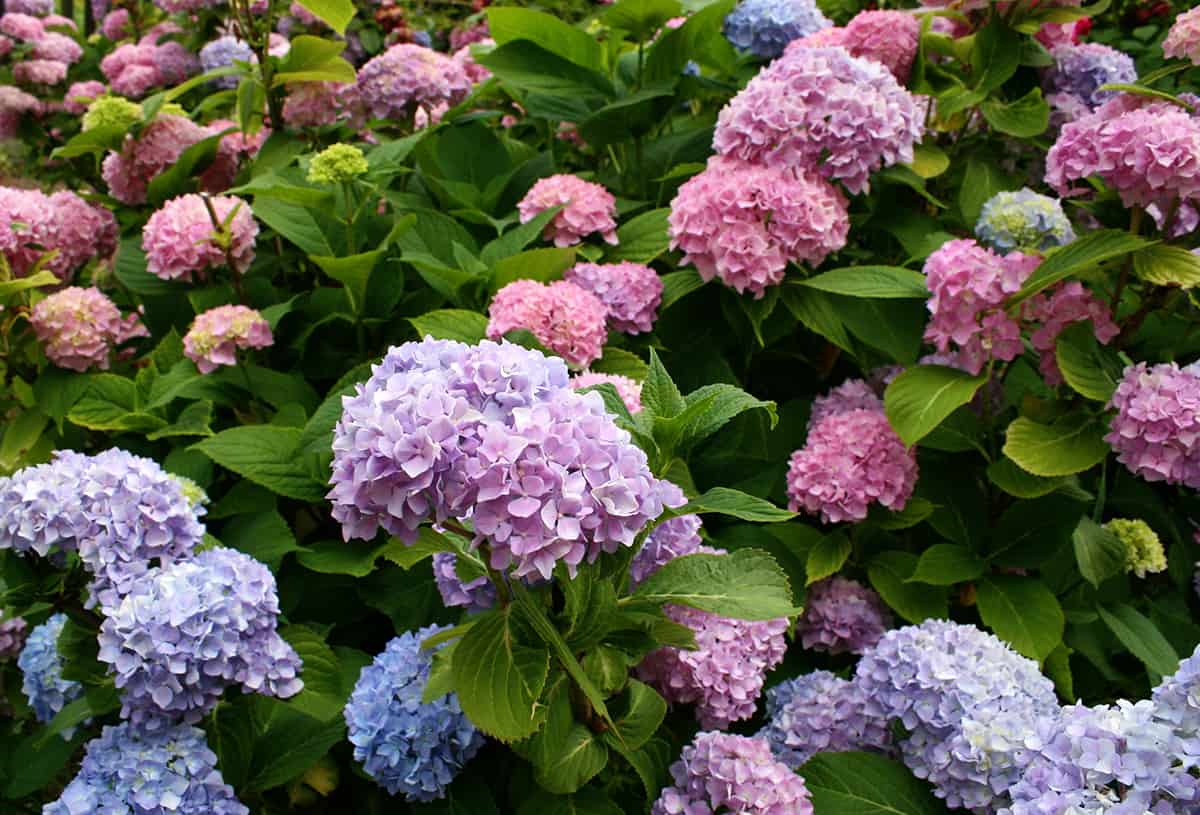
Bigleaf hydrangeas are botanically known as Hydrangea macrophylla, and they are split into two types; mopheads and lacecaps. Mophead hydrangeas produce huge, rounded balls of showy flowers, while lace-cap hydrangeas produce flattened clusters of flowers.
These hydrangeas are native to Japan, and are among the most popular types of hydrangeas grown as ornamentals in home gardens. Mophead hydrangeas are known for their extended blooming period.
They will typically bloom towards the end of spring, and they will remain in flower for many months right through to fall. Lacecap hydrangeas, however, have flowers that fade much faster. They will usually bloom in summer and the flowers will last for around one month.
